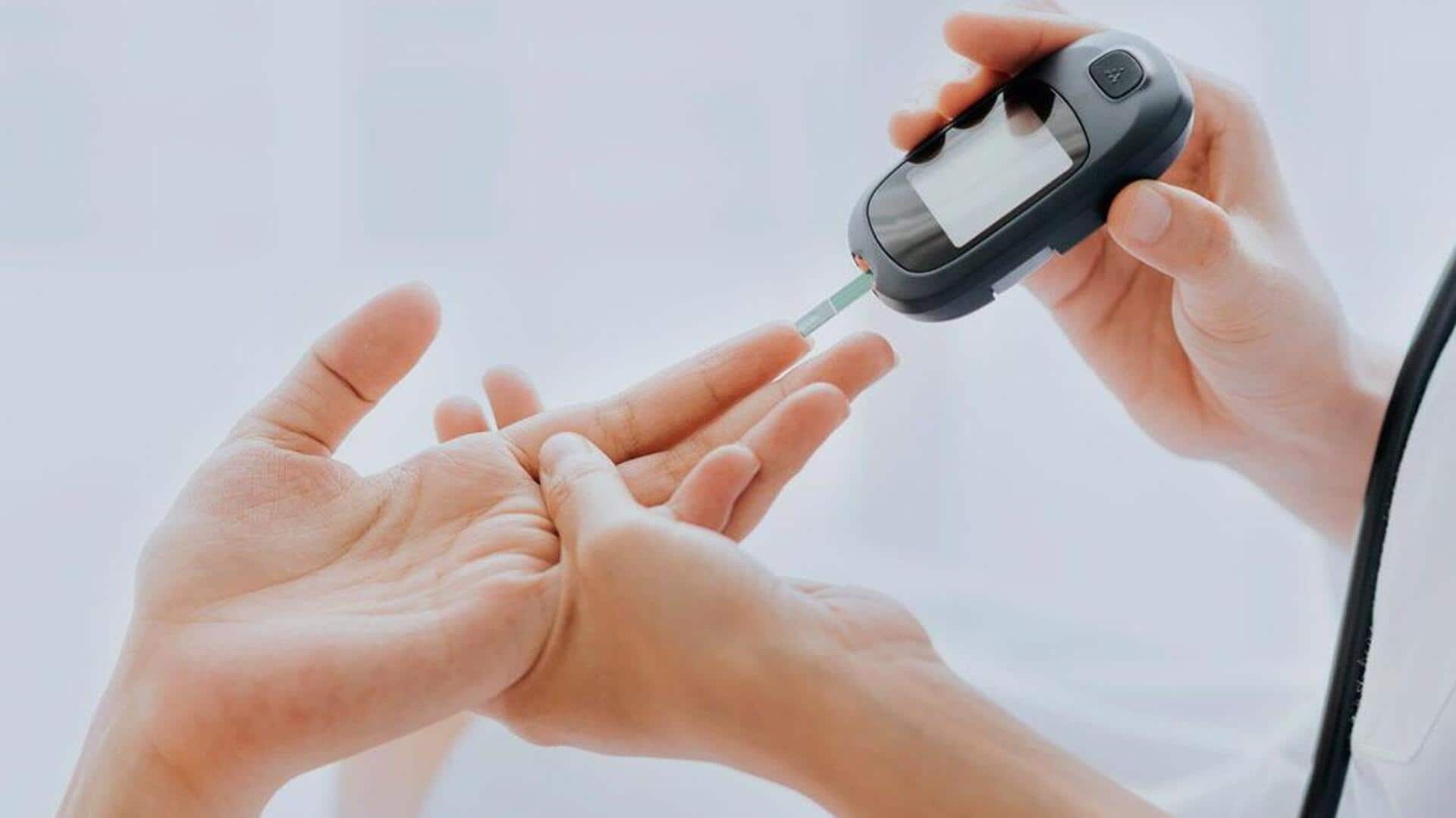
Hope for 500M patients: Groundbreaking drug reverses diabetes in mice
What's the story
Researchers from the Mount Sinai Health System in New York and Los Angeles-based City of Hope have developed a new drug that has shown promising results in reversing diabetes in mice. This innovative treatment has successfully reversed the condition in mice by increasing insulin-producing beta cells by 700% over three months. The drug therapy combines harmine, a natural product found in some plants, with GLP1 receptor agonists used for type 2 diabetes treatment.
Drug action
Therapy's mechanism: Boosting beta cells
The therapy works by inhibiting the enzyme Dual-specificity Tyrosine-Regulated Kinase 1A (DYRK1A), which typically keeps adult human beta cells dormant. Harmine, one of the components of the therapy, blocks DYRK1A, allowing beta cells to multiply. GLP1 receptor agonists, another component of the treatment, work in tandem with harmine to further stimulate beta cell proliferation. This combined action has been shown to normalize glucose levels in diabetic mouse models.
Research findings
Preclinical studies show rapid reversal of diabetes
In preclinical studies, the drug therapy quickly reversed diabetes and increased human beta cell numbers by 700% in mice over three months. The treatment also improved the function and survival of beta cells while increasing their number. "This is the first time scientists have developed a drug treatment that is proven to increase adult human beta cell numbers in vivo," said Adolfo Garcia-Ocana, chair of the Department of Molecular & Cellular Endocrinology at the City of Hope.
Clinical trials
Therapy progresses toward human trials
The research has advanced from basic human beta cell biology through robotic drug screening and is now progressing toward human studies. Mount Sinai has completed a phase 1 clinical trial of harmine in healthy volunteers and plans to initiate first-in-human trials with next-generation DYRK1A inhibitors next year. The researchers aim to address how the immune system continues to destroy new beta cells in patients with type 1 diabetes.
Risks & prospects
Potential risks and future of diabetes treatment
Despite the promising results, there are several long-term risks related to the use of GLP-1 receptors. These include gastrointestinal side effects, a potential increased risk of pancreatitis, thyroid cancer, and acute kidney injury. However, these findings represent a significant step forward in diabetes research. They could potentially lead to new treatments that can revive insulin-producing cells in patients with both type 1 and type 2 diabetes. As of 2021, 537 million adults had diabetes, according to the International Diabetes Federation.